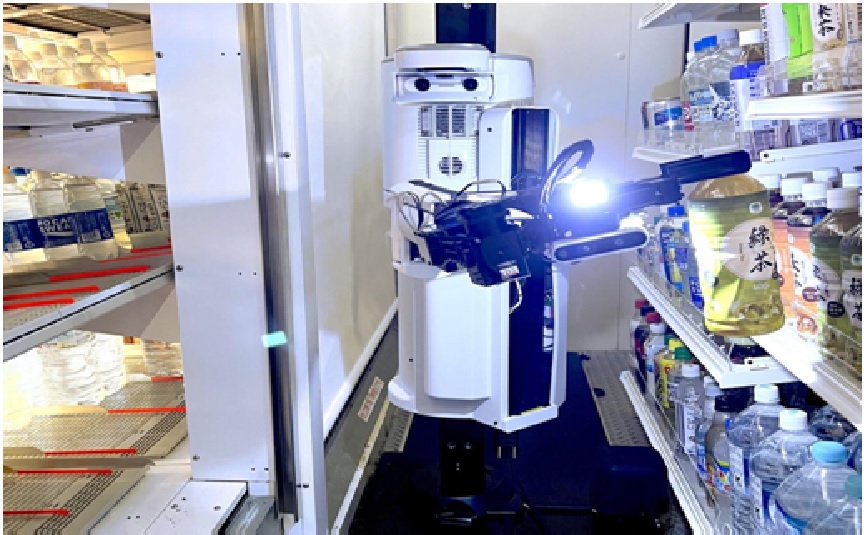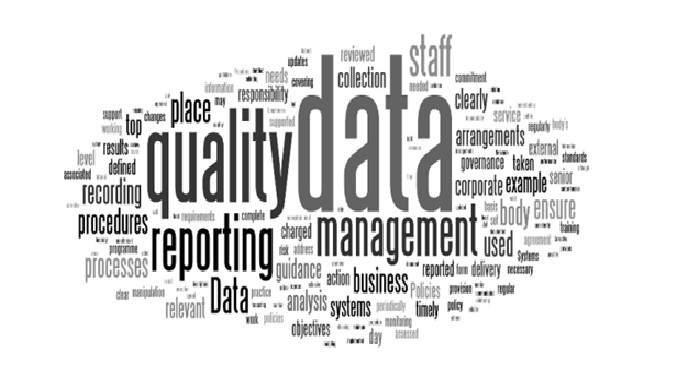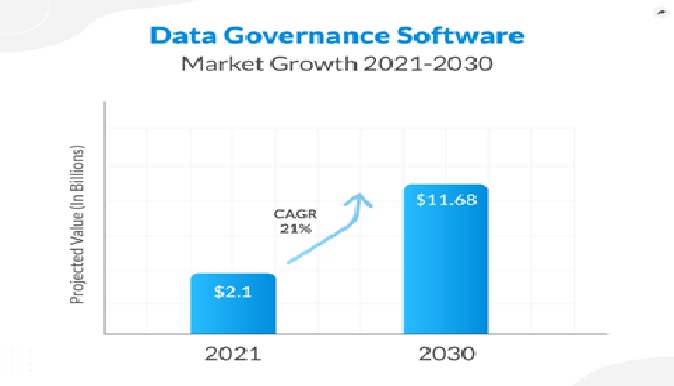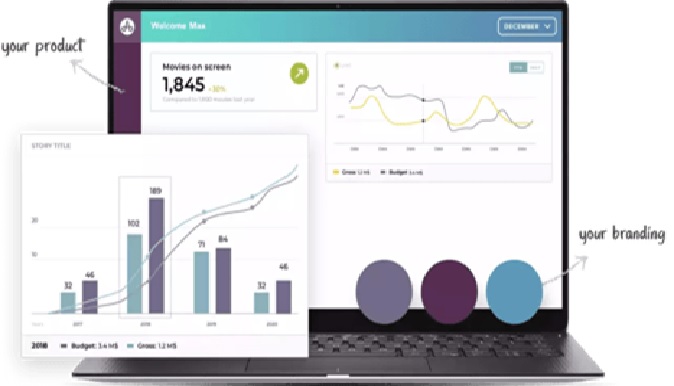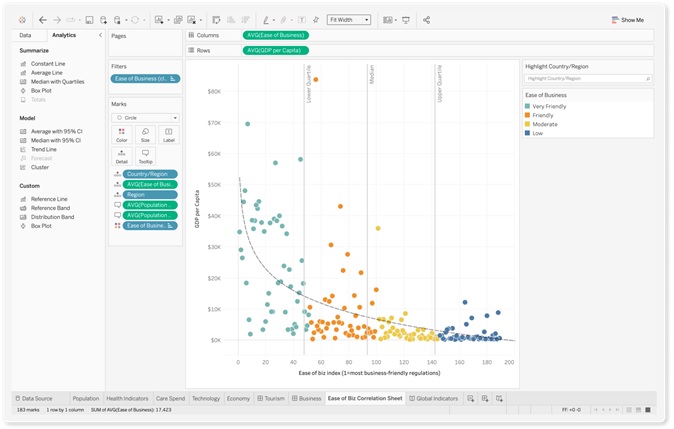Data Warehouse
A data warehouse is a centralized repository of data that is used for reporting and analysis. It is a large, organized, and optimized database designed to support business intelligence (BI) activities, such as data mining, online analytical processing (OLAP), and reporting.
A data warehouse typically collects data from various operational systems, such as transactional databases, and organizes it into a structured format that is optimized for querying and analysis. This structure is often referred to as a "star schema" or "snowflake schema," which uses a dimensional model to organize data into dimensions and measures.
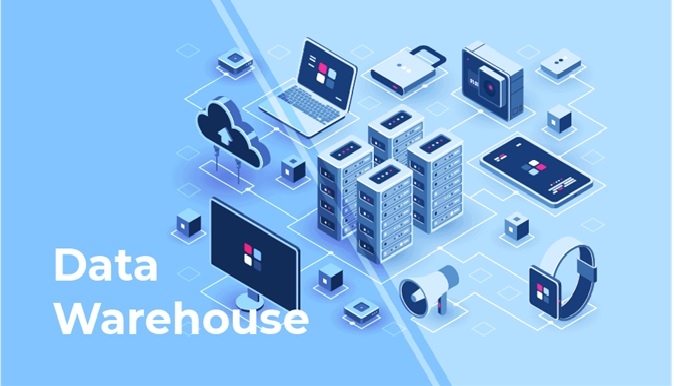
Figure 1. data warehouse
Figure 1 shows data warehouse. One of the key benefits of a data warehouse is that it provides a single source of truth for an organization's data. By consolidating data from different systems and standardizing it, a data warehouse enables users to make informed decisions based on accurate and consistent data.
Other benefits of data warehousing include:
- Improved data quality: Data is cleaned, standardized, and validated before being loaded into the data warehouse, which helps to improve its quality.
- Faster reporting and analysis: The optimized structure of a data warehouse allows for faster querying and analysis of large data sets.
- Better decision-making: Data warehouses provide users with the ability to analyze and report on historical trends and patterns, which can inform better decision-making.
- Increased collaboration: A data warehouse can be accessed by multiple users across an organization, which promotes collaboration and knowledge sharing.
Data Warehouse Architecture
The architecture of a data warehouse is determined by the organization’s specific needs. Common architectures include
- Simple. All data warehouses share a basic design in which metadata, summary data, and raw data are stored within the central repository of the warehouse. The repository is fed by data sources on one end and accessed by end users for analysis, reporting, and mining on the other end.
- Simple with a staging area. Operational data must be cleaned and processed before being put in the warehouse. Although this can be done programmatically, many data warehouses add a staging area for data before it enters the warehouse, to simplify data preparation.
- Hub and spoke. Adding data marts between the central repository and end users allows an organization to customize its data warehouse to serve various lines of business. When the data is ready for use, it is moved to the appropriate data mart. [2]
- Sandboxes. Sandboxes are private, secure, safe areas that allow companies to quickly and informally explore new datasets or ways of analyzing data without having to conform to or comply with the formal rules and protocol of the data warehouse.
References:
- https://pandorafms.com/blog/data-warehouse/
- https://www.oracle.com/in/database/what-is-a-data-warehouse/
Cite this article:
Hana M (2023), Data Warehouse, AnaTechMaz, pp.42


